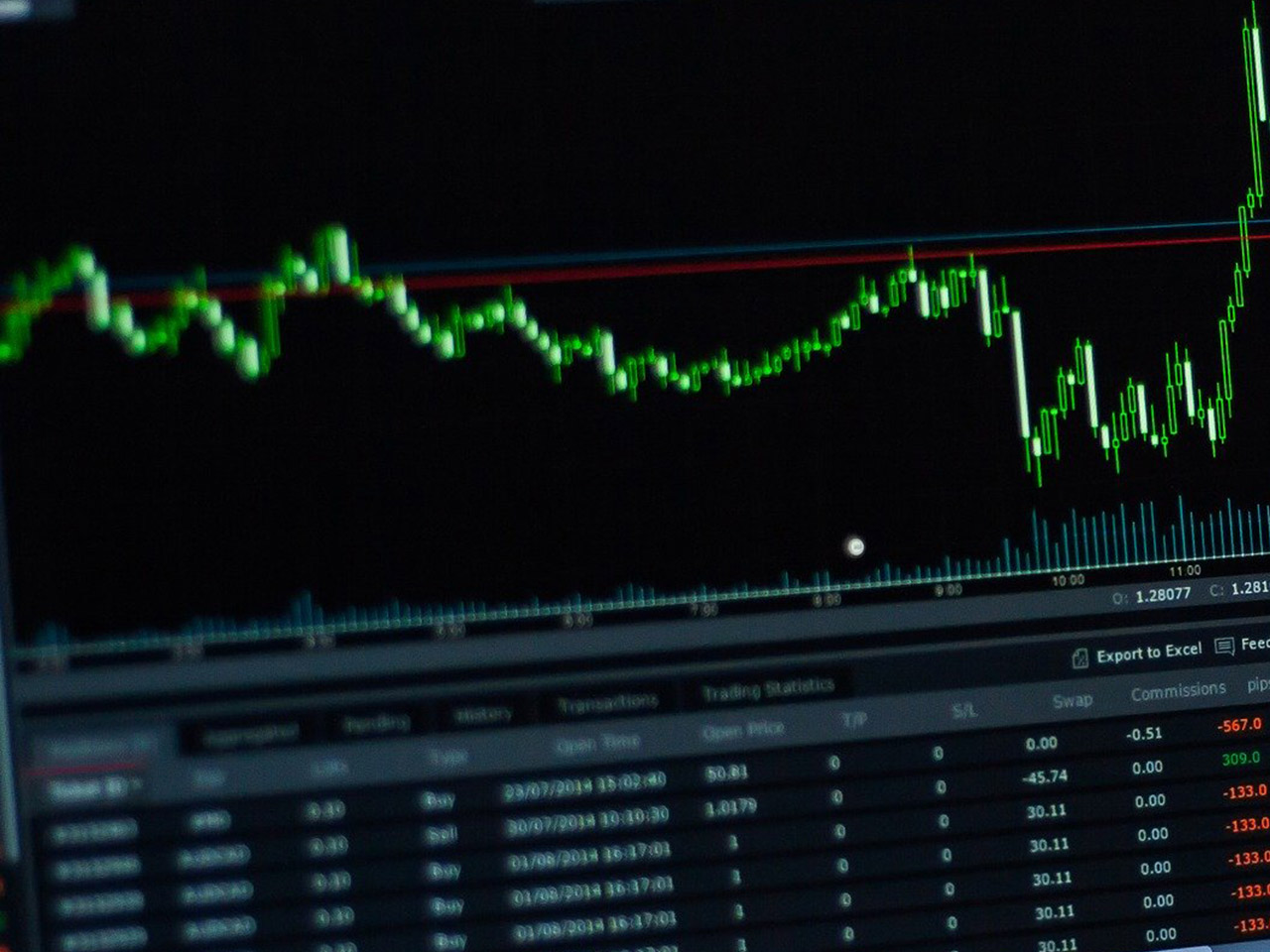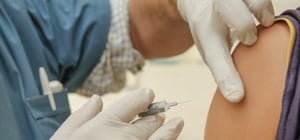Pulse Biosciences, Inc. (NASDAQ: PLSE) is making waves in the healthcare sector with its innovative approach to bioelectric medicine. Specializing in medical instruments and supplies, the company offers a range of cutting-edge devices, including its flagship CellFX System, which employs nanosecond pulsed-field ablation (nsPFA) technology to treat benign skin lesions and other medical conditions. As a U.S.-based company with a market capitalization of $1.18 billion, Pulse Biosciences presents a unique investment opportunity for those looking to diversify their portfolios with healthcare stocks.
Currently trading at $17.56 per share, Pulse Biosciences has shown some volatility, with a 52-week range of $14.48 to $24.56. The company’s stock price remains largely unchanged in the latest trading session, with a slight decrease of $0.05. However, what stands out is the potential upside of 25.28%, based on the average analyst target price of $22.00. This single buy rating, coupled with no hold or sell ratings, suggests a focused confidence from analysts in the company’s growth potential.
Despite the promising outlook, investors should be aware that Pulse Biosciences does not currently report traditional valuation metrics such as P/E, PEG, or Price/Book ratios. This absence is largely due to its status as a company still navigating the path to profitability, as evidenced by its negative earnings per share (EPS) of -1.08 and a return on equity (ROE) of -103.50%. The company also reports a significant negative free cash flow of $21.69 million, reflecting its ongoing investment in research and development to further its innovative technologies.
For those considering technical analysis, Pulse Biosciences’ technical indicators provide a mixed picture. The stock’s 50-day moving average of $15.61 suggests a recent upward trend, while the 200-day moving average of $17.10 indicates a longer-term stabilization around its current price. The relative strength index (RSI) of 47.58 places the stock in a neutral position, neither overbought nor oversold, which may appeal to investors looking for a stable entry point. The MACD and signal line figures of 0.44 and 0.14, respectively, further support this view of potential momentum.
While Pulse Biosciences does not currently pay dividends, its focus remains firmly on leveraging its unique medical technologies to capture market share and drive future revenue growth. The lack of a dividend yield may deter income-focused investors, but those with a growth-oriented strategy may find the company’s innovative edge and market potential compelling factors.
Investors with an appetite for risk and a belief in the transformative power of bioelectric medicine might find Pulse Biosciences an intriguing addition to their portfolios. Its commitment to advancing medical technology, combined with a strategic focus on high-potential markets like soft tissue ablation and cardiac treatment, positions the company as a potential leader in its field. As always, potential investors should conduct thorough due diligence and consider their risk tolerance before making investment decisions.





































